Odisha: History, Information, Capital and Tourist Places in Odisha
Odisha State Information:
| Capital: | Bhubaneswar |
| Population: | 4.60 Crore |
| Language: | Oriya |
| Districts: | 30 (Thirty) |
| Odisha Govt. Official Website: | www.odisha.gov.in |
| Odisha Chief Minister: | Shri Naveen Patnaik |
The tropical state of Odisha lies along the eastern seaboard of India, south of Bengal. Its main attractions are the temples of the capital Bhubaneswar, the long sandy beach at Puri and the great Sun Temple at Konark.
These three sites make a convenient and compact triangle, and Bhubaneswar is on the main Calcutta to Madras railway route.
Odisha is predominantly rural, with fertile green coastal plains rising to the hills of the Eastern Ghats. The majority of the population lives on or below the poverty line with annual per capita income one of the lowest in the country.
Largely based on agriculture, Odisha’s economy is often destabilised by natural disasters including flooding, drought, cyclone or tornado. However, flooding in the Mahanadi delta, which used to occur regularly, has been much reduced by the building of the Hirakud Dam.
The state is mineral-rich and is a big exporter of iron ore, with a large factory at Rourkela.
Few visitors venture outside the Bhubaneswar/Puri/Konark triangle and although travel off the beaten track in Odisha is often through, with few tourist facilities, it can be an interesting and rewarding experience.
History:
Odisha’s hazy past focuses with the reign of Kalinga. In 260 BC he was defeated by Ashoka, the great Indian emperor, near modern Bhubaneswar. The bloody battle left Ashoka with such a bitter taste that he converted to Buddhism and spread that gentle religion far and wide.
Buddhism soon declined in Odisha, however, and Jainism held sway until Buddhism reasserted itself in the 2nd century AD. By the 7th century AD Hinduism had, in turn, supplanted Buddhism and Orissa’s golden age began.
Under the Kesari and Ganga kings the Orissan culture flourished and countless temples from that classical period still stand today. The Oriyas managed to defy the Muslim rulers in Delhi until the region finally fell to the Moghuls during the 16th century.
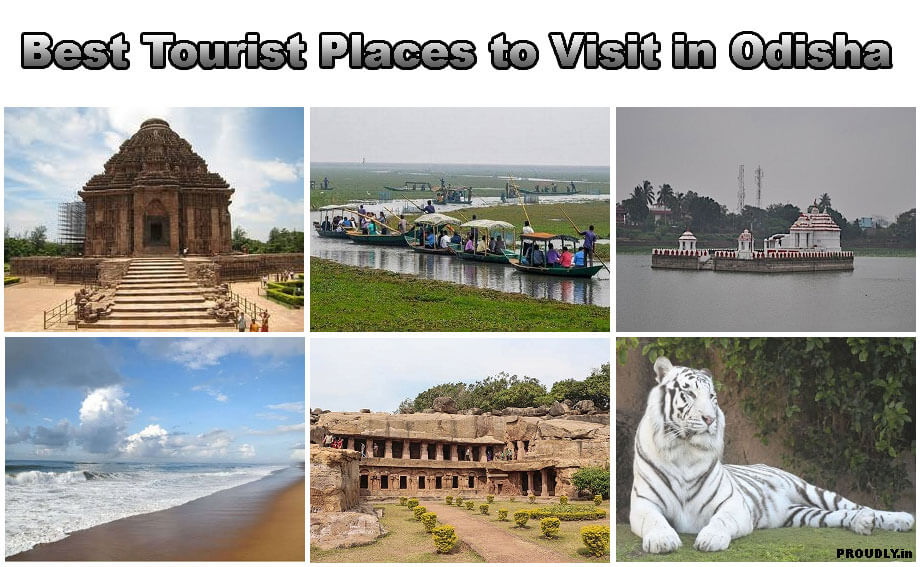
Popular Places to Visit in Odisha:
Here are list of few famous and best tourist places and destination to visit in odisha.
1. Konark:
The great temple of Konark (also known as Konarak) is three km from the coast, 33 km from Puri and 64 km from Bhubaneswar. The site consists of little more than the temple and a handful of shops, stalls and places to stay.
However, there isn’t a lot of accommodation here – yet. Several of the major hotel chains want to turn Konark into a new beach resort but planning permission for their hotels may be withheld on environmental grounds.
The Sun Temple at Konark is the pinnacle of Odisha Temple Architecture and an UNESCO World Heritage Site. The temple is a culmination of seven hundred years of grind.
2. Chilika Lake:
South-west of Puri, Chilka Lake is dotted with islands and is noted for the many migratory birds which flock in winter (December to January) to the nesting sanctuary here. The shallow lake is about 70 km long and over ages 15 km wide, and is supposedly one of the largest brackish-water lakes in the country.
It’s separated from the sea only by a narrow sand bar. The railway line and the main road run along the inland edge of the lake. It’s a peaceful enough place but probably of greatest interest to ornithologists.
3. Puri:
The seaside resort of Puri, 60 km from Bhubaneswar, is one of the four dhams (holiest Hindu pilgrimage places in India). Religious life in the city revolves around the great Jagannath Temple and its famous Rath Yatra or Car Festival.
It is thought that Puri was the hiding place for the Buddha tooth of Kandy before it was spirited away to Sri Lanka. There are similarities between the Rath Yatra and the annual Kandy procession. Puri’s other great attraction is its long sandy beach that draws large numbers of Western travelers and Indians, especially in the October to January high season.
Parts of the beachfront are getting quite built up but it can still be a relaxing place to spend a few days. Many Indian Companies and government departments have vacation homes here but the town is mostly visited by Bengali holiday-makers.
4. Puri Beach:
Puri has a fine stretch of white sand from which Indian pilgrims bathe in their customary fully attired manner. Orissan fishers, wearing conical straw hats, guide bathers out through the surf. They’re unlikely to be much help should trouble arise, as one traveler reported, witnessing a rescue attempt: so don’t go out of your depth unless you’ re a very strong swimmer.
Past the travelers beach to the east is the local fishing village. Many of these fishing families come from Andhra Pradesh. It’s worth getting up before sunrise to watch them head out to sea. For a little baksheesh they’ll take you with them and one traveler said ‘it was the highlight of my trip witnessing the dawn over the sea and fishing boats’.
The crude construction of the boats is unusual -they’re made of solid tree trunks and are enormously heavy. Buoyancy is achieved purely from the bulk of the wood. They’re made in, two or three pieces, split longitudinally and bound together. When not in use they’re untied and the pieces laid out on the beach to dry.
5. Pipli:
Twenty-three km from Puri, at the junction where the Konark road branches from the Bhubaneswar to Puri road, this small village is notable for its appliqué craft. The colorful materials are used to make temple umbrellas and wall hangings.
6. Cuttack:
Only 35 km north of Bhubaneswar, on the banks of the Mahanadi and Kathajuri Rivers, Cuttack was the capital of Orissa until 1950. Today it’s a chaotic and largely uninteresting place. Only a gateway and the moat remain of the 14th-century Barabati Fort. The stone revetment on the Kathajuri River, which protects the city from seasonal floods, dates from the 11th century.
The Kadam Rasul is a Muslim shrine which contains the Prophet’s footprint and has become a place of pilgrimage for Hindus as well as Muslims. Paradip, 90 km from Cuttack, is a major port and minor beach resort.
7. Lalitagiri, Udayagiri& Ratnagiri:
Buddhist relics and ruins can be found at these three hilltop complexes, north-east of Cuttack and about 100 km from Bhubaneswar. At Lalitagiri a gold casket was discovered, thought to contain relics of the Buddha, and excavations are continuing. In the village here artisans make replicas of stone sculptures.
Eight km away is Udayagiri with another monastery complex and a brick stupa.
The Ratnagiri site, five km beyond Udayagiri, has the most interesting and extensive ruins and is well worth a visit. The two large monasteries here flourished from the 6th to the 12th centuries AD. There are beautifully carved doorways, a large stupa and enormous Buddha figures.
8. Bhubaneswar:
Although it was only in 1950 that the state capital was moved from overcrowded Cuttack to Bhubaneswar, the town’s history goes back over 2000 years, as excavations at Sisuphal Garh, the remains of a ruined city, have shown.
Beside the site of the capital of ancient Kalinga, Bhubaneswar is known as Temple Town and Cathedral City on account of its many temples in the extravagant Orissan style.
9. Bindu Sagar Tank:
The Ocean Drop tank just north of the great temple is said to contain water from every holy stream, pool and tank in India. Consequently, when it comes to washing away sin this is the tank that washes cleanest.
10. State Museum:
The museum is opposite the Hotel Kalinga Ashok and has an interesting collection relating to Orissan history, culture and architecture and to the various Orissan tribes. The museum is open from 10 am to 5 pm daily, except Mondays.
11. Tribal Research Centre:
Although this is primarily an anthropological research centre, visitors are welcome. There’s an interesting outdoor display of reconstructed houses of Orissan tribal people, including the Santal, Juang, Gadaba, Saora and Kondh. Admission is free and it’s open daily from 10 am to 5 pm, except on Sunday.
12. Udayagiri & Khandagiri Caves:
A couple of km south of the new bus station in Bhubaneswar, these two hills facing each other across the road is riddled with caves, some of them ornately carved. Most are thought to have been chiselled out for Jain ascetics in the first century BC.
On the right of the road, Udayagiri, or Sunrise Hill, has the more interesting caves, which are scattered at various levels up the hill. All are numbered. At the base of the hill, round to the right, is the two-storey Rani ka Naur or Queen’s Palace Cave (Cave 1). Both levels have eight entrances and the cave is extensively carved.
13. Dhauli:
Around 260 BC, King Ashoka had his famous edicts carved onto a large rock, halfway up the hill here at Dhauli, eight km south of Bhubaneswar, just off the Puri road. After murdering large numbers of his family to gain power, then hundreds of thousands on the battlefield as he enlarged his empire, Ashoka finally ‘saw the light’ after his bloody victory at nearby Kalinga, and converted to Buddhism.
Given his past record, Ashoka was wise to choose a pen name for these edicts, referring to himself as King Piyadasi (meaning He Who Looks on Everything with Kindness). In the edicts he tells his subjects “Meritorious is abstention from killing living creatures, meritorious is abstention from reviling the unorthodox.
At the top of the hill is a dazzling white Peace Pagoda built by the Japanese in the 1970s, with older Buddha figures set into the modern structure. You can get to the place where you turn off the main road on any Puri or Konark, and from there it’s a three-km walk to Dhauli.
14. Nandankanan Zoo:
Famous for its white tigers, this zoo is 25 km north of Bhubaneswar. There are also lion and tiger safaris in ‘armored buses’, elephant rides and boating on the lake. It’s open daily from 8 am to 5 pm daily except Mondays. The nearest railway station is Barang, a couple of km from the zoo.
Odisha State Public Holidays 2019:
| 23rd January 2019 | Subash Bose Jayanti / Vir Surendrasai Jayanti |
| 25th January 2019 | Foundation of Bramha Samaj |
| 26th January 2019 | Republic Day |
| 4th March 2019 | Maha Shivaratri |
| 5th March 2019 | Panchayatiraj Divas |
| 21st March 2019 | Dola Purnima |
| 22nd March 2019 | Holi |
| 1st April 2019 | Utkal Divas |
| 17th April 2019 | Mahavir Jayanti |
| 19th April 2019 | Good Friday |
| 18th May 2019 | Budha Purnima / Birthday of Pandit Raghunath Murmu |
| 22nd May 2019 | Birthday of Raja Rammohan Ray |
| 3rd June 2019 | Sabitri Amabasya |
| 5th June 2019 | Id-ul-Fitr |
| 14th June 2019 | Pahili Raja |
| 15th June 2019 | Raja Sankranti |
| 4th July 2019 | Ratha Yatra |
| 12th July 2019 | Bahuda Yatra |
| 12th August 2019 | Id-ul-Azha |
| 5th August 2019 | Independence Day / Jhulana Purnima |
| 23rd August 2019 | Janmasthami |
| 2nd September 2019 | Ganesh Puja |
| 3rd September 2019 | Nuakhai |
| 9th September 2019 | Moharram |
| 28th September 2019 | Mahalaya |
| 2nd October 2019 | Gandhi Jayanti |
| 5th October 2019 | Maha Saptami |
| 7th October 2019 | Maha Navami |
| 8th October 2019 | Vijaya Dashami |
| 5th November 2019 | Anla Navami |
| 12th November 2019 | Rahasa Purnima |
| 20th November 2019 | Prathamastami |
| 24th December 2019 | Christmas Eve |
| 25th December 2019 | X-Mass Day |
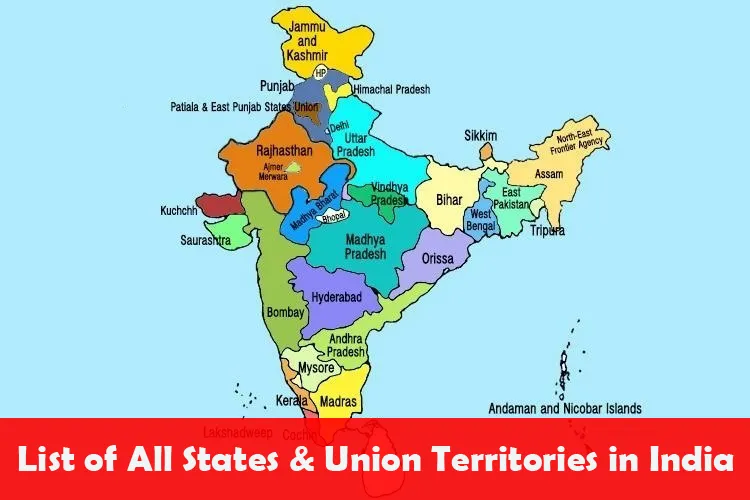
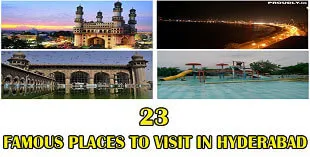

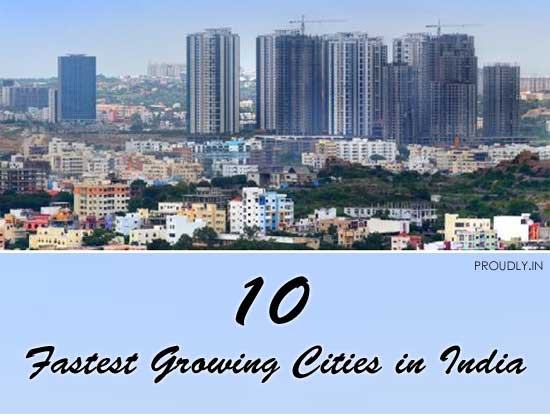
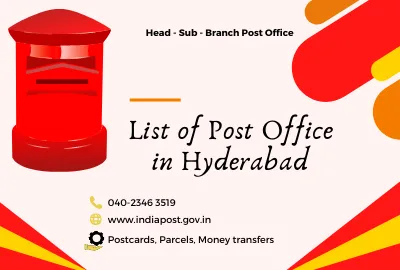


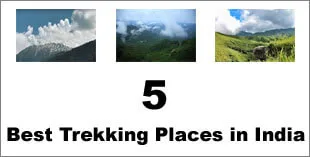




 Previous Post
Previous Post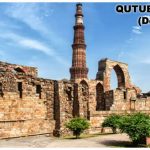 Next Post
Next Post